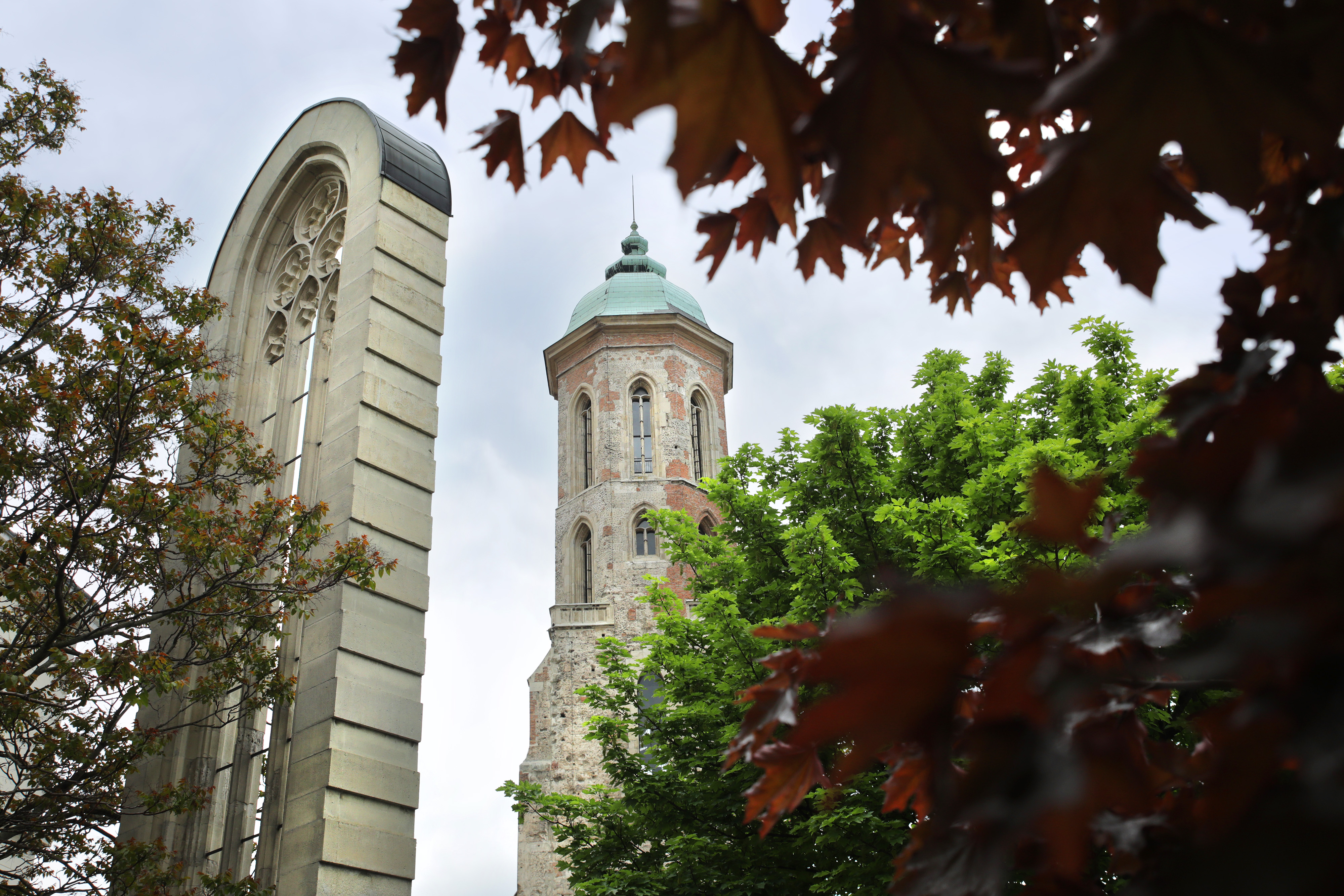Which Buda palace was deliberately set aflame? Where was Little Constantinople? Which spa was once a dance hall? In this series of articles dealing with disappearing Budapest, we look at landmarks no longer with us and the stories behind them.
Mary Magdalene Church
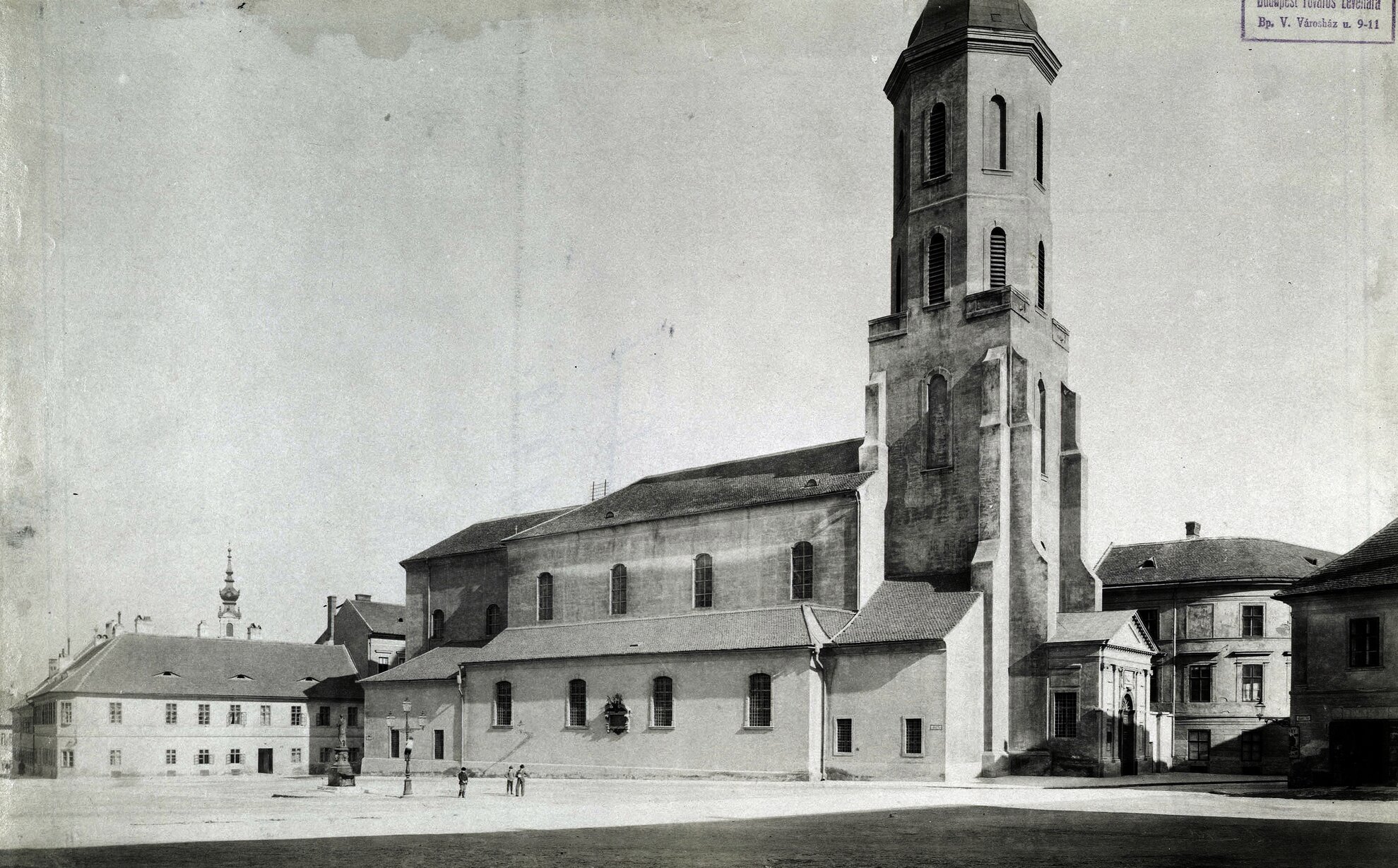
The oldest church at Buda
Castle was built in Gothic style after the Tatar invasion in the 13th century.
After the best part of a millennium, wars and sieges, it has still not
completely disappeared: its tower and one of its walls are still standing. The
church on Kapistrán tér survived, in fact, until the serious damage of World War II.
It
was being renovated according to carefully devised plans when Communist leader Mátyás
Rákosi issued his cruel dictat: the church must be demolished! The tower may have
survived in the end because an aspiring Party functionary advised Rákosi that
they could build a pantheon glorifying the Hungarian leader on the site of the
church. Of course, Rákosi loved the idea. The tower thus remained but the
pantheon eventually wasn’t built.
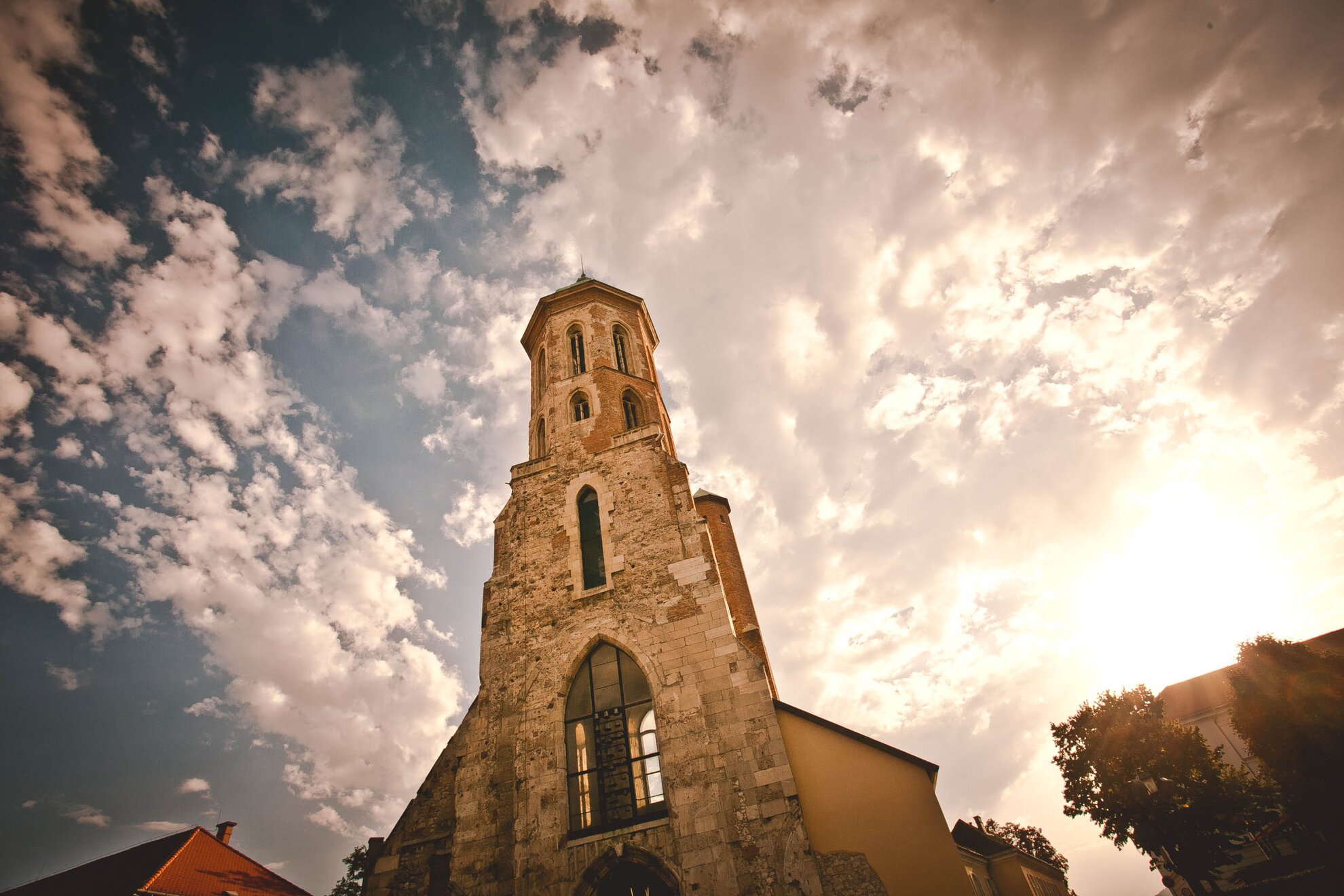
However, the poor tower didn’t escape devastation for long. In 1956, it was damaged in a ordnance explosion. Ideas for its revival included a restaurant and an exhibition hall – neither of which came to fruition. The idea to rebuild the church first arose in 1989, and then again ten years later. Meanwhile, in non-pandemic times, the tower can be scaled for fabulous views over the city. District I. Kapistrán tér 6
Archduke Joseph (Teleki) Palace
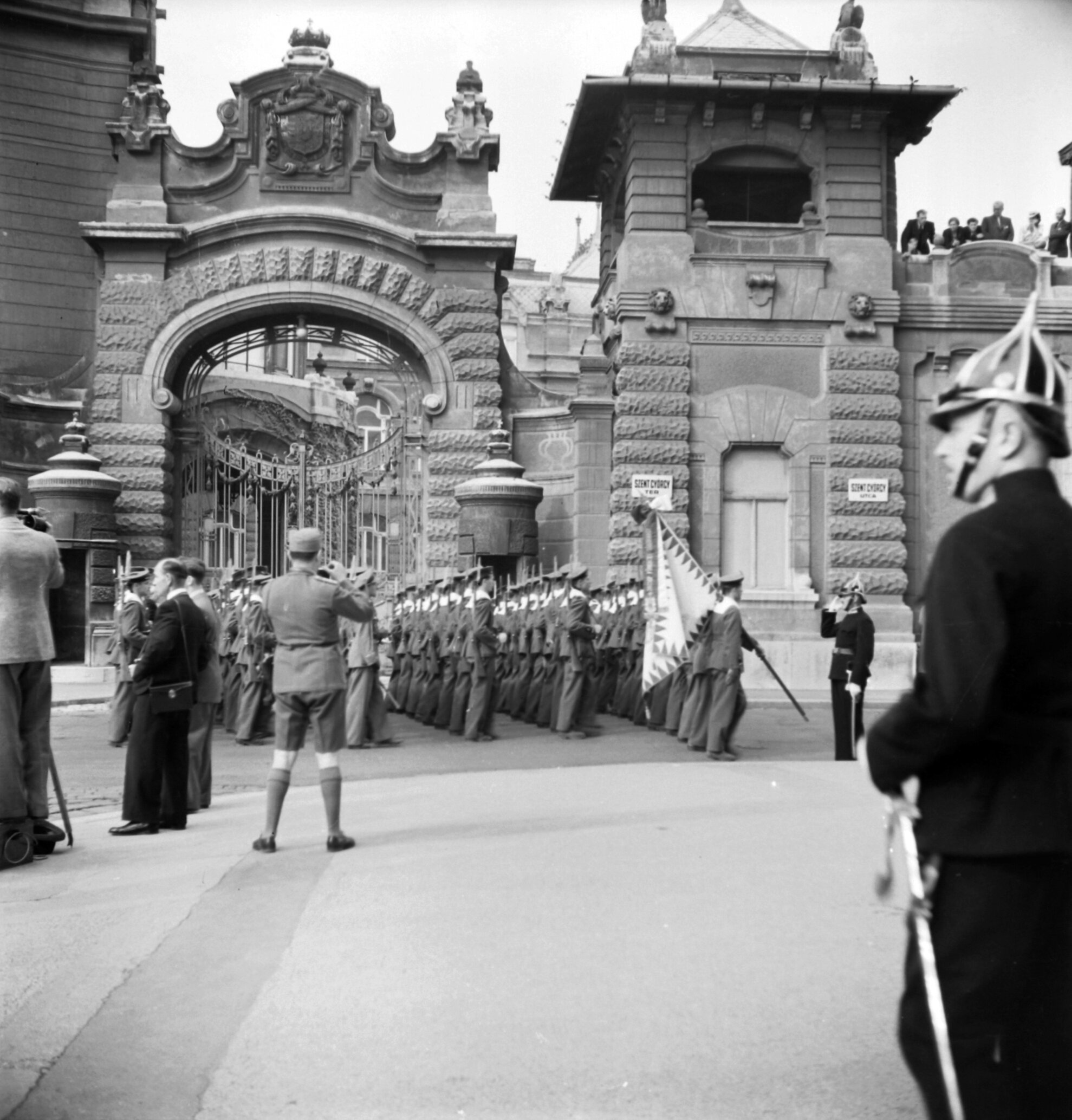
The building opposite the
Sándor Palace was built in Classicist style between 1787 and 1789, when it was still called the Teleki
Palace. It came into the possession of the Archduke Joseph Karl
in 1892, when it was first given a new name then, in 1902, it underwent expansion
and a more serious transformation into Historicist style.
The palace was
damaged in World War II, although not so severely that it could not be repaired.
It was then that a rather radical decision was made when it was set on fire for
the sake of a film shoot. In 2019, the idea of rebuilding the palace arose
within the framework of the National Hauszmann Programme, currently helping to
renovate much of the Castle District.
District I. Szent György tér
Manó Fanto’s trafik
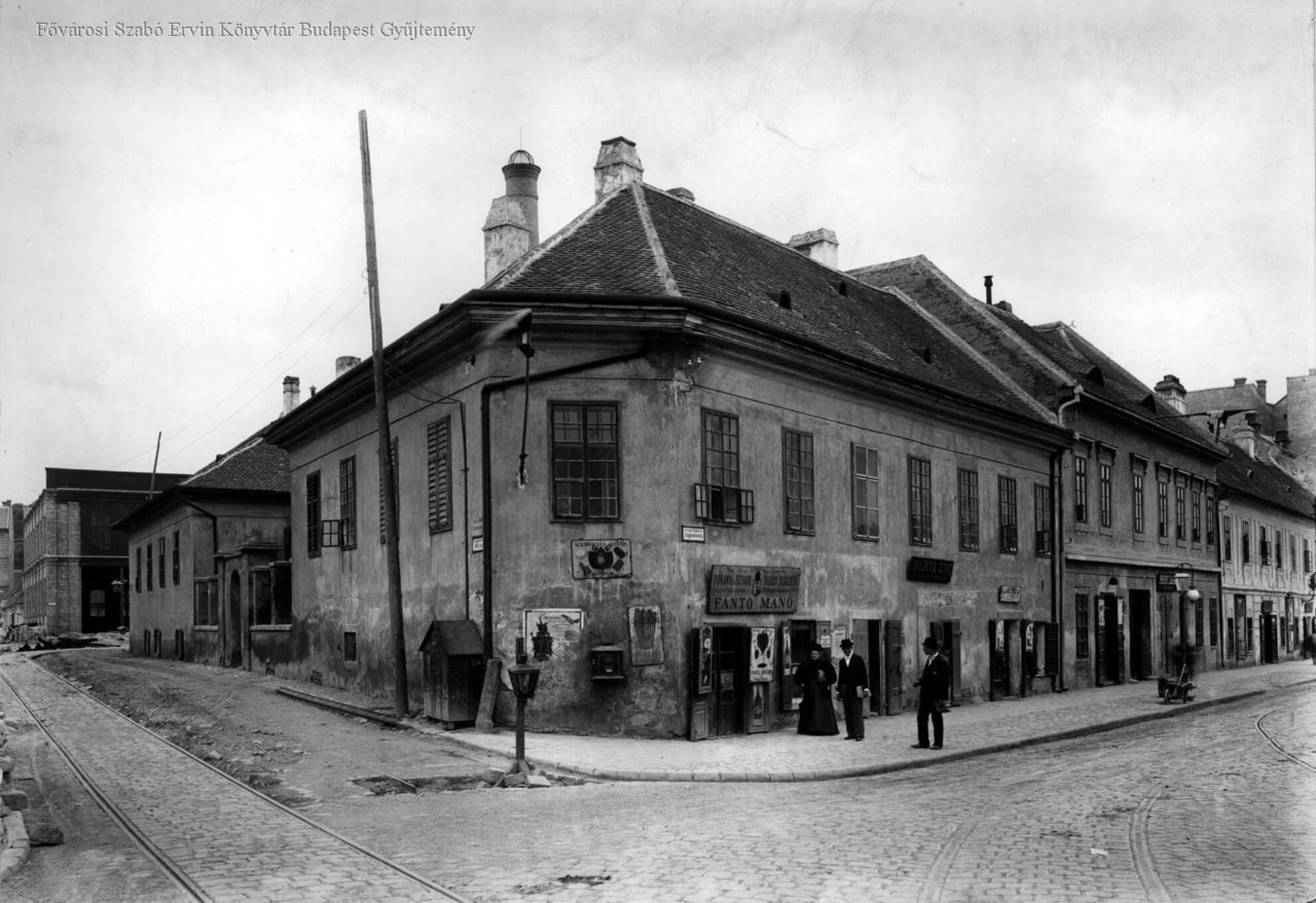
In connection with the venerable
Bambi Espresszó, currently celebrating its 60th anniversary, another historic
outlet has come to light. Nearby, Manó Fanto had a trafik, a wonderful
Hungarian institution sadly also long disappearing, a cross between a tobacconists,
a corner shop and a trove of toys and knick-knacks.
It stood at the bottom of a
block at the intersection of Pálffy utca (now Fekete Sas utca) and Zsigmond utca
(now Frankel Leó út), roughly where Bambi stands today, and was a popular emporium
of its time. Anyone who wanted to buy good-quality tobacco or cigars towards
the end of the 1800s would have made a pilgrimage to this establishment, which
opened in 1874.
Its immediate neighbours were Ede Bartl’s file-making workshop
and Lajos Pápay’s men’s tailors, evidence of just how rich every Budapest
street corner was in curious, niche businesses. District II. Fekete Sas utca/Frankel Leó út
Buda Gymnastics Hall
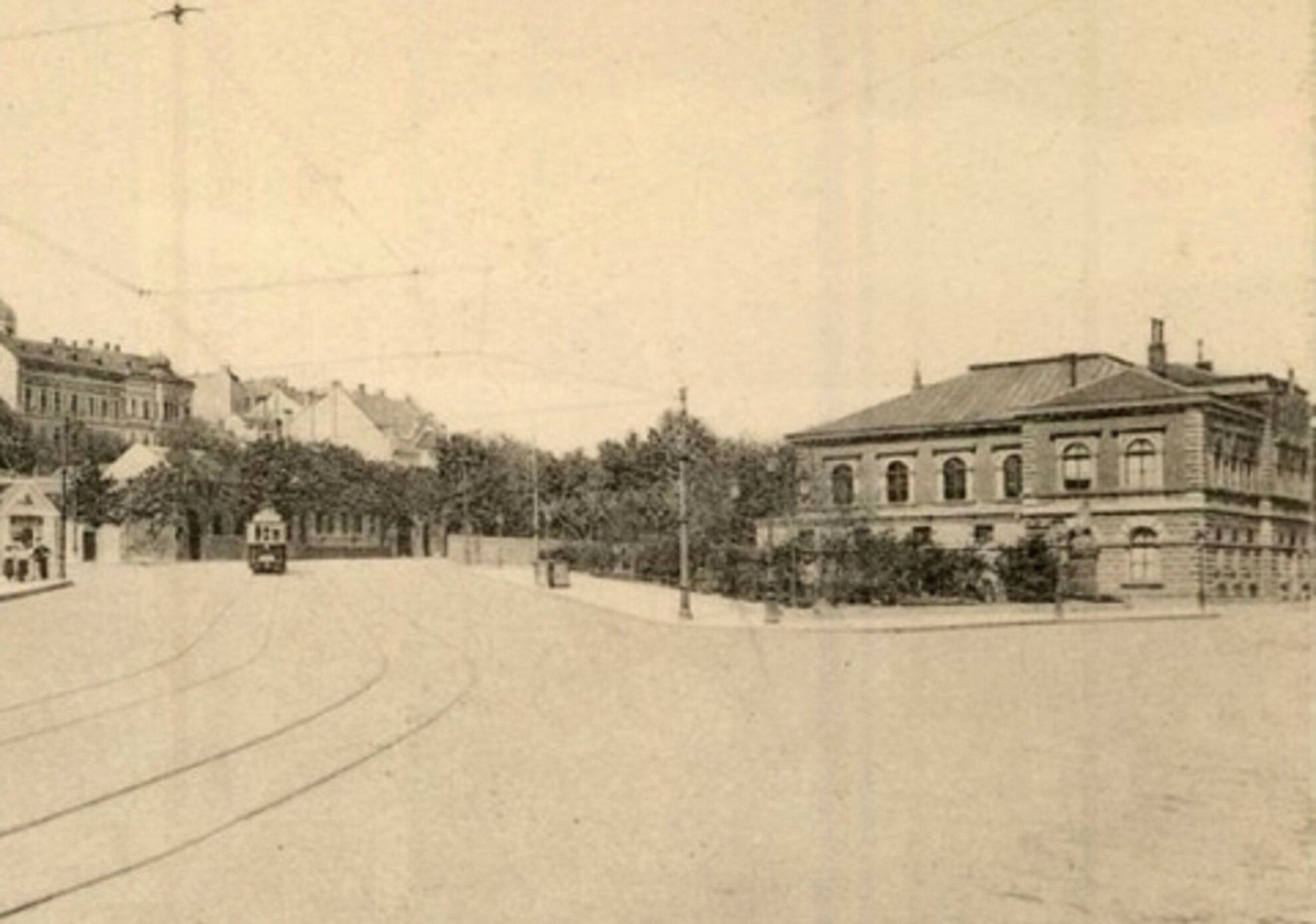
‘Healthy mind and healthy body’ were also the watchwords back in the
late 1800s. The Buda Gymnastics Association, under Gusztáv Kertlner, decided in
the late 1870s that a two-floor gymnasium was needed. Duly built in 1878, it
was located in the southern part of Horváth Garden, on Szent János tér, which
no longer exists.
Training sessions, gymnastics and dance ceremonies were held
within its walls, while the District Catholic Royal (now Petőfi) Grammar School,
built in 1892, held its PE classes here. By 1940, the building had lost its
significance. First used as a warehouse, by 1941 it was demolished and a
playground built in its place.
District I. Horváth-kert/Krisztina körút
Old Szent János Hospital
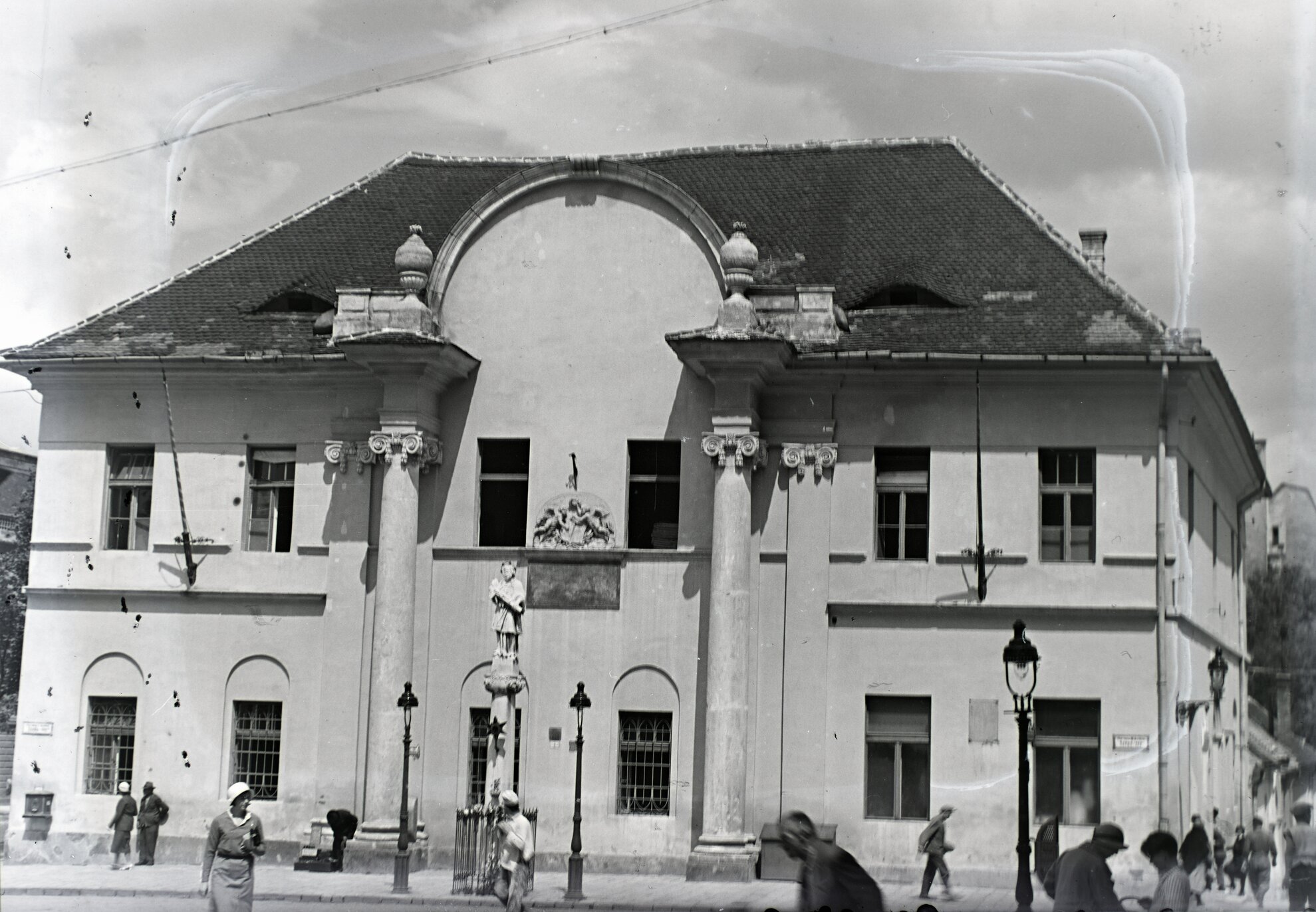
Many already know Szent János Hospital in District XII, a neglected old building badly in need of renovation. But before this now listed building was erected, there was an older Szent János Hospital, and the two even operated in parallel for almost 50 years. The former institution stood on what is now Széna tér, commissioned at the time of the plague of 1710. It was originally a smaller wooden building and initially served as a pandemic hospital, then functioned as a poor house for a short time before it became a public hospital.
Between 1818 and 1820, the building was expanded and extensively modernised, when it was briefly named City Hospital, before revering to Szent János in the 1840s. A chapel here was also named after him, and a statue depicting St John was unveiled.
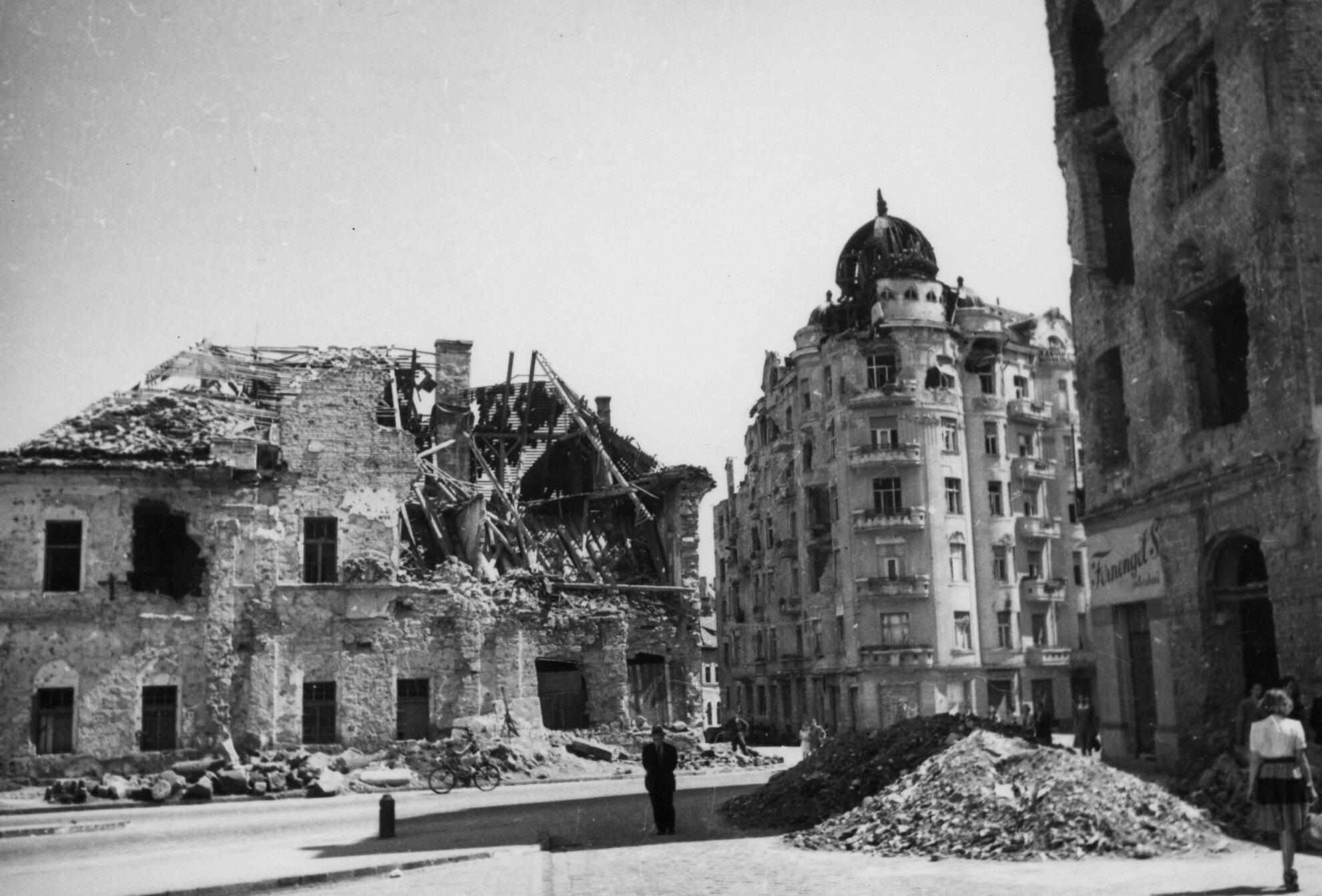
When
the older hospital began to lose its significance, a newer one was built nearby
in 1898, officially New St John’s Hospital of the Capital. It predecessor
remained before being remodelled in 1932, when it became the Beloved Home of
the Capital, a poor house.
It became a hospital again during World War II, but
not for long. In 1944-45, like so much else, the former St John was in poor
condition. It stood in place for a few years, but it was then demolished in
1949, a park and bus concourse in Széna tér built in its place. District II. Széna tér
Balázs restaurant
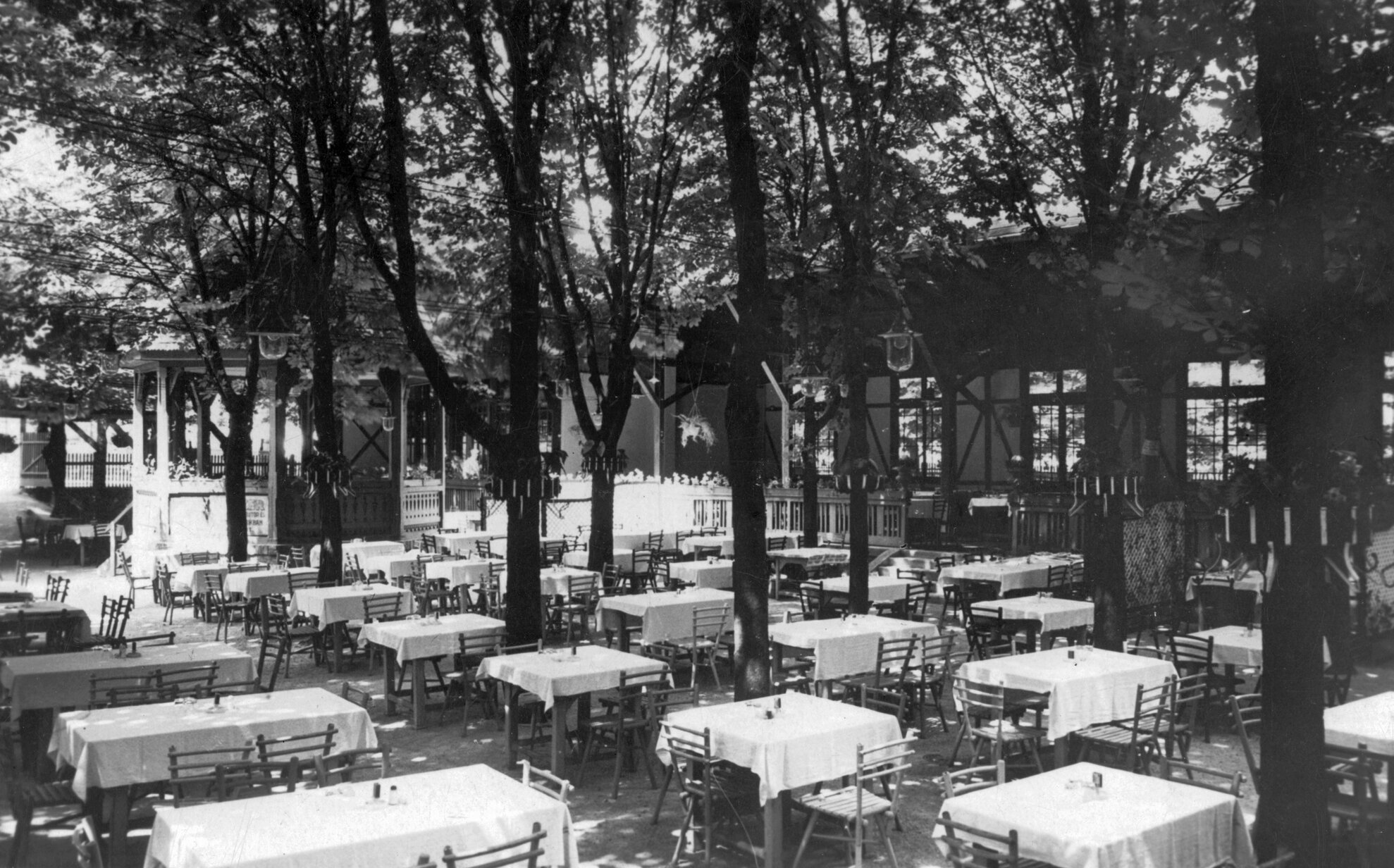
This restaurant at Hűvösvölgyi út 207 was demolished as recently as 2012. It had long been abandoned, used by homeless people as a place to sleep. Yet this once smart, popular dining destination has an illustrious past, and its assets should have meant that it should have had a bright future. Sadly, things didn’t work out that way.
Here once stood a tavern, built in the 1700s, that later came into the Balázs family. They converted it into a restaurant in 1838. Until nationalisation in 1949, the Balázs restaurant was famous far and wide for its cuisine, appreciated by the middle class as well as aristocrats. After Communism, ownership passed to the Museum of Commerce and Hospitality.
The building gradually declined. It burned down in 1979, but at that time it was even rebuilt and given heritage protection, but another régime change did it little good. Its management became increasingly sketchy, leading to the site being permanently closed in 2004. From then on, the homeless moved in and, in 2009, the restaurant was struck by fire again. In 2012, it was taken off the heritage list and demolished. District II. Hűvösvölgyi út 207
Sáros Baths
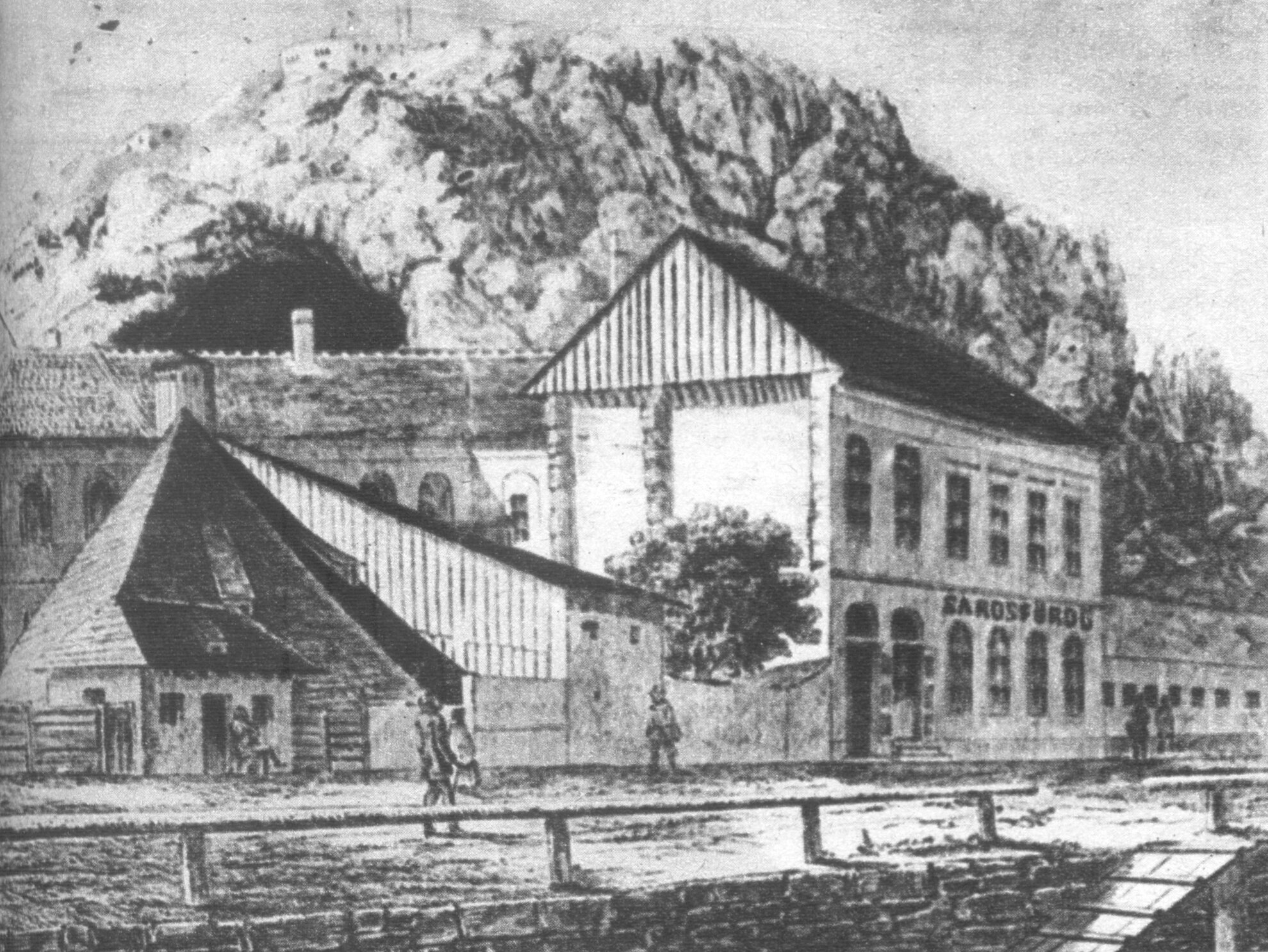
Hungary
is a country of spas, Budapest a city brimming with them. There used to be more
and, although the Sáros Baths no longer exist today, they have not passed into
history without trace. In fact, they have a successor: the Gellért.
The first
spa and adjoining hospital were built during the reign of András II, in the
early 1200s, although some sources indicate a spa being here before. After the
expulsion of the Turks, the personal doctor to Lipót I bought the spa, then it
became the property of Buda for almost 100 years, before again falling into private
hands. Formerly named the Aga Baths, they became known as Sáros (‘Muddy’) because of the thick layer at the bottom of the pool.
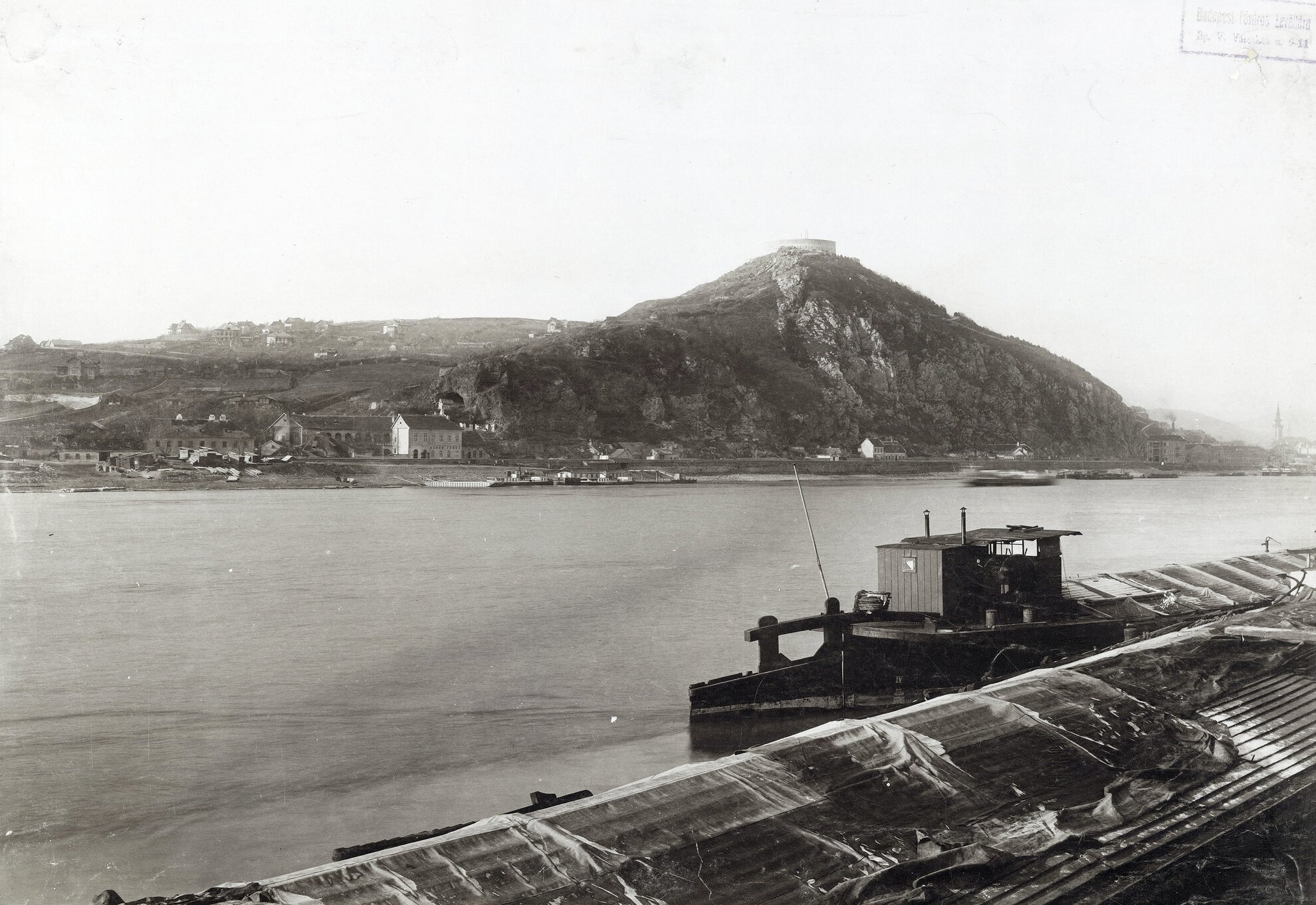
When
the City decided to build Franz Joseph (today Liberty) Bridge, it also sealed
the fate of the Sáros Baths. Gellért tér had to be converted to accommodate
traffic using the Buda bridgehead. In 1894, to free up space, the spa was
demolished together with the old hotel that once stood here.
Until the bridge
was built, there was even a temporary dance hall in its place. Franz Joseph
himself opened the bridge in 1896. Things would have remained as they were if
locals hadn’t noticed that all this valuable thermal water was flowing away into the Danube. Several articles criticised the situation. Therefore, in 1899,
a new hotel and spa, were planned. The Gellért finally opened in 1918. District XI. Szent Gellért tér
Constantinople
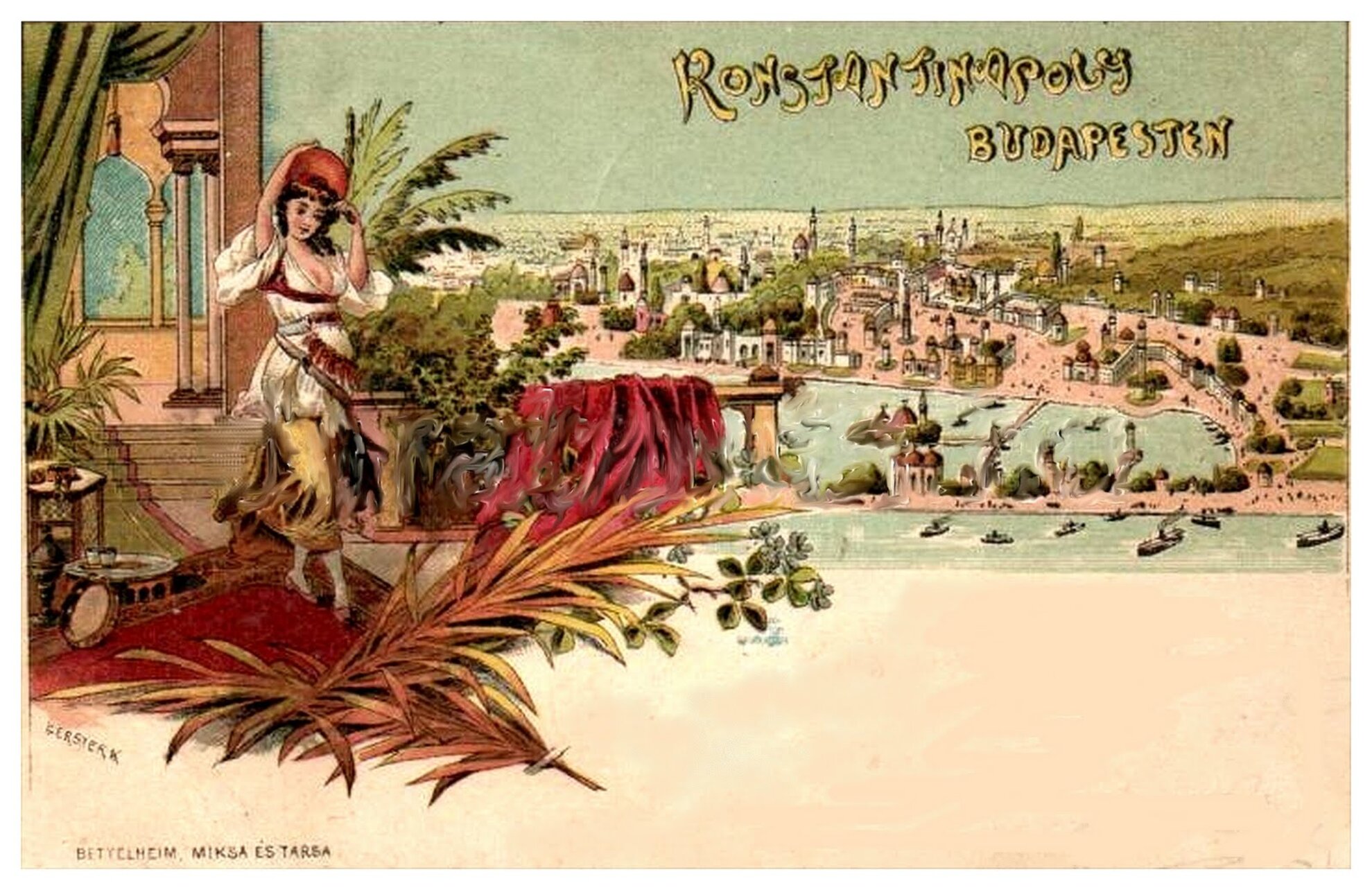
Konstantinápoly or Kis Konstantinápoly (‘Constantinople’ or ‘Little Constantinople’) were
both names for the same area on the Buda side of today's Rákóczi (former Lágymányosi)
Bridge, near Lake Lágymányosi. This short-lived but lively quarter spread over
a huge, open area, a party district that got its name from the fact that its
buildings were designed as imitations of Turkish style.
Despite the fact that this
was the largest entertainment quarter in Europe, the plans of its creator,
Károly Somossy (aka Singer), a Budapest entrepreneur also associated with the
predecessor of the Operetta Theatre, the Somossy Orpheum, did not come to
fruition. At first, the people flocked here, but this was May 1896, when
millennial celebrations were taking place in City Park, on other side of town.
Visitors were also discouraged by the one thing that Somossy hadn’t reckoned
on: mosquitoes, swarms of them. By the autumn, the entertainment zone had gone
bankrupt, and it closed in October. A year later, with no rescue plan in place, was
demolished. Nothing of it remains. District XI. Lake Lágymányosi
Buda Indóház
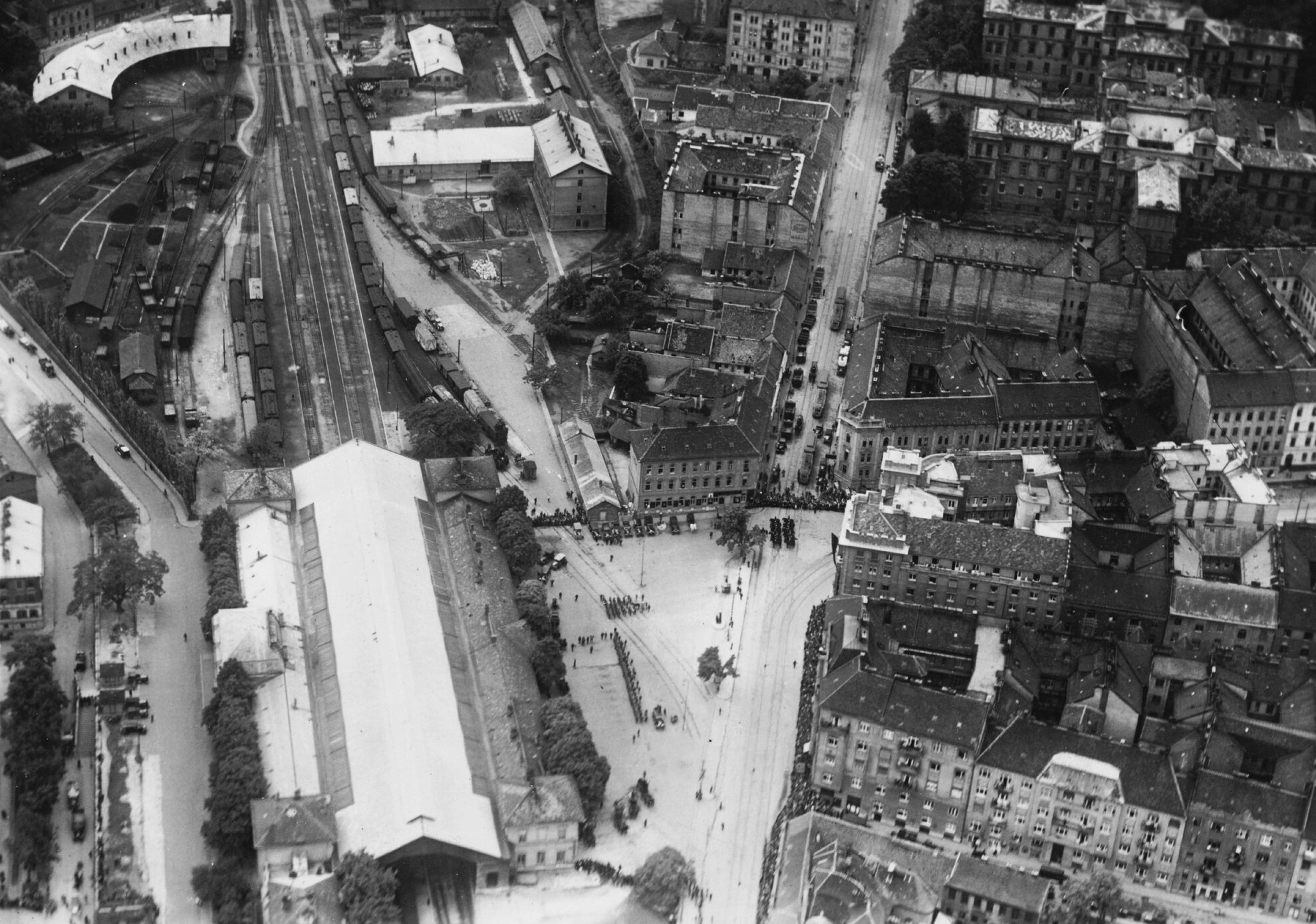
What
exactly is an indóház? It’s the building at train stations from which trains
depart. One of these stood next to Vermező, which means that Buda Indóház is
the predecessor of Déli station. It was built between 1859 and 1861, a Norwegian
and an Austrian engineer involved in the design, and it served both passenger
and freight trains.
During World War II, it was so thickly carpeted with bombs
that it became redundant, so it was demolished in 1945. Déli took its place in
the 1970s. District I. Krisztina körút
